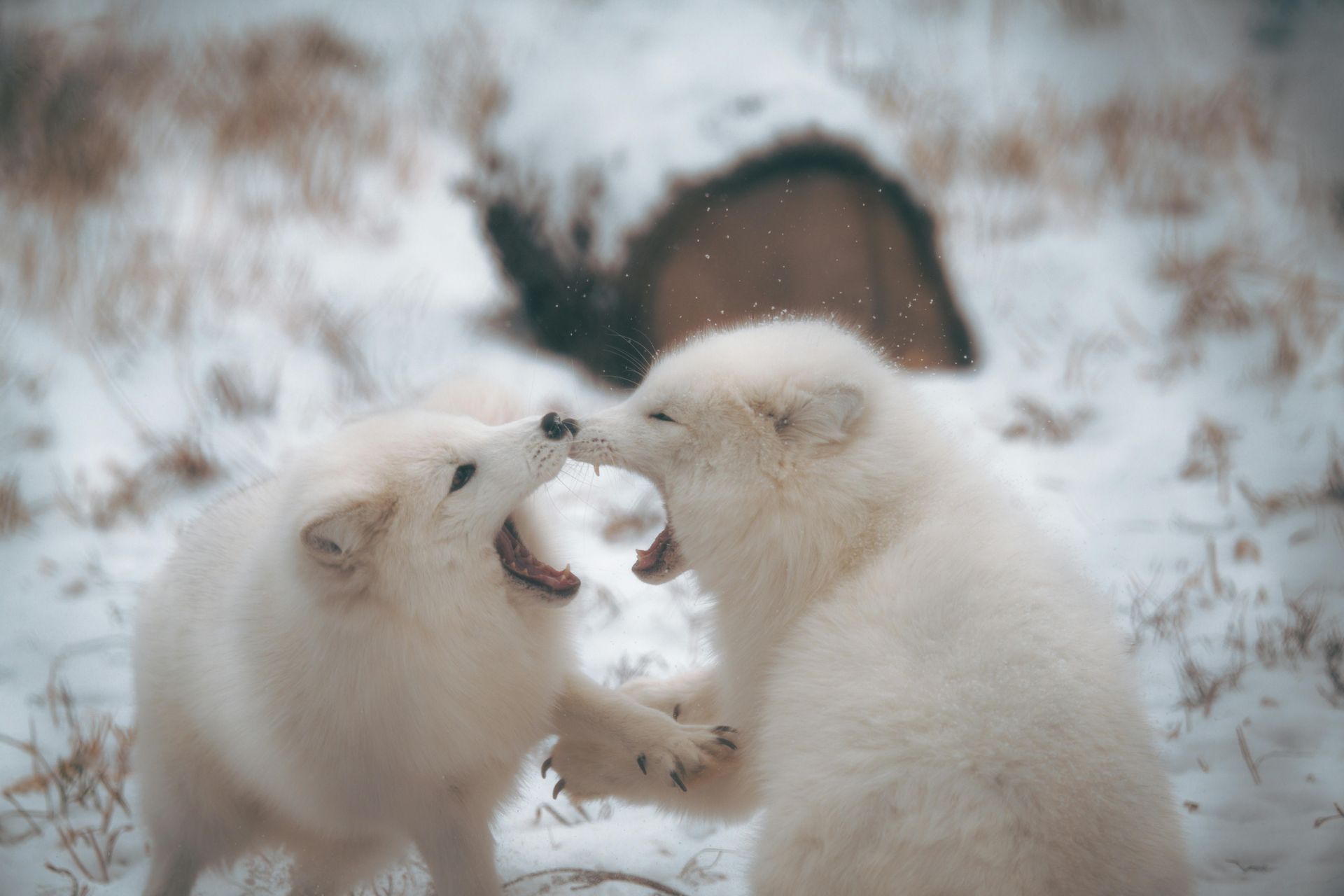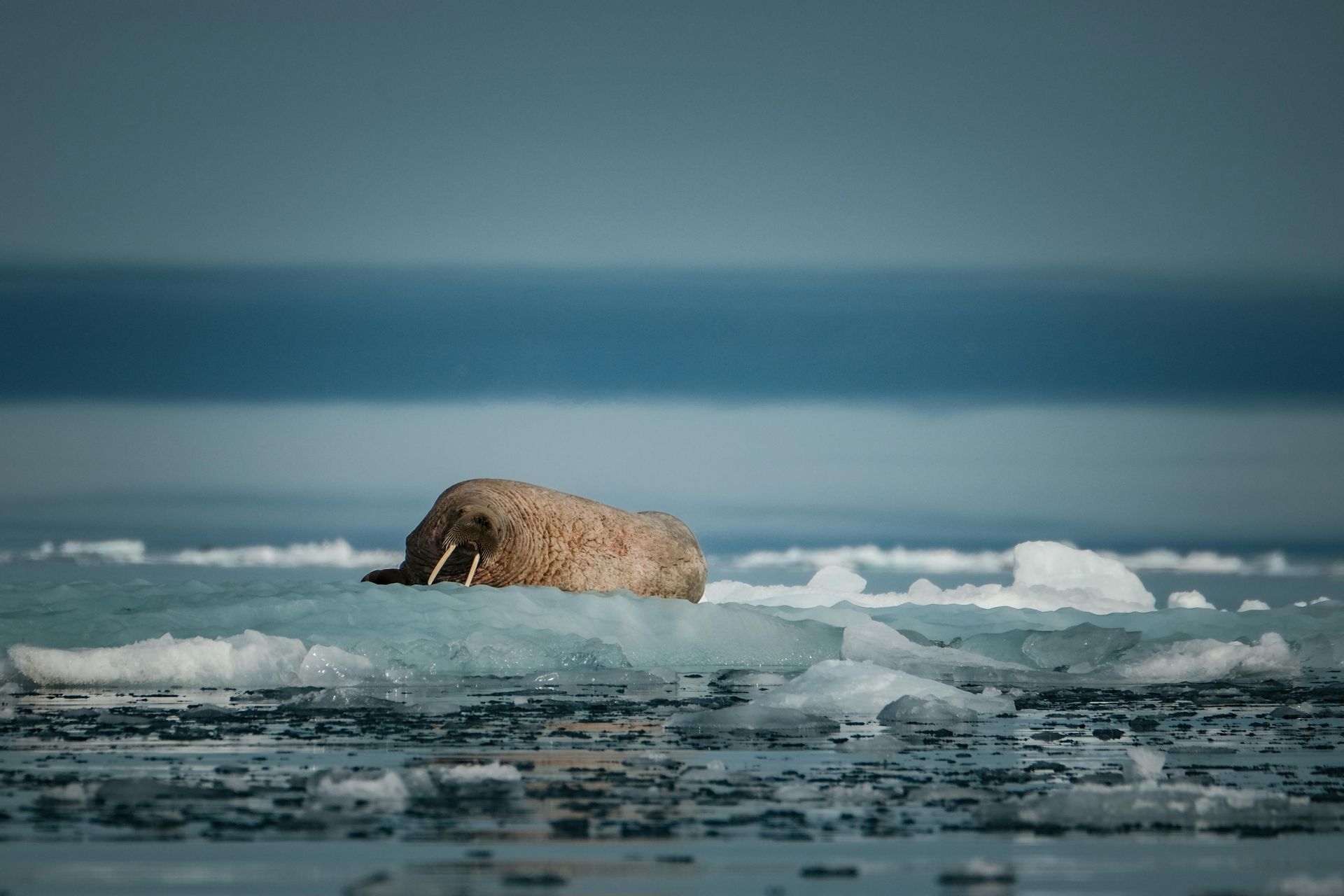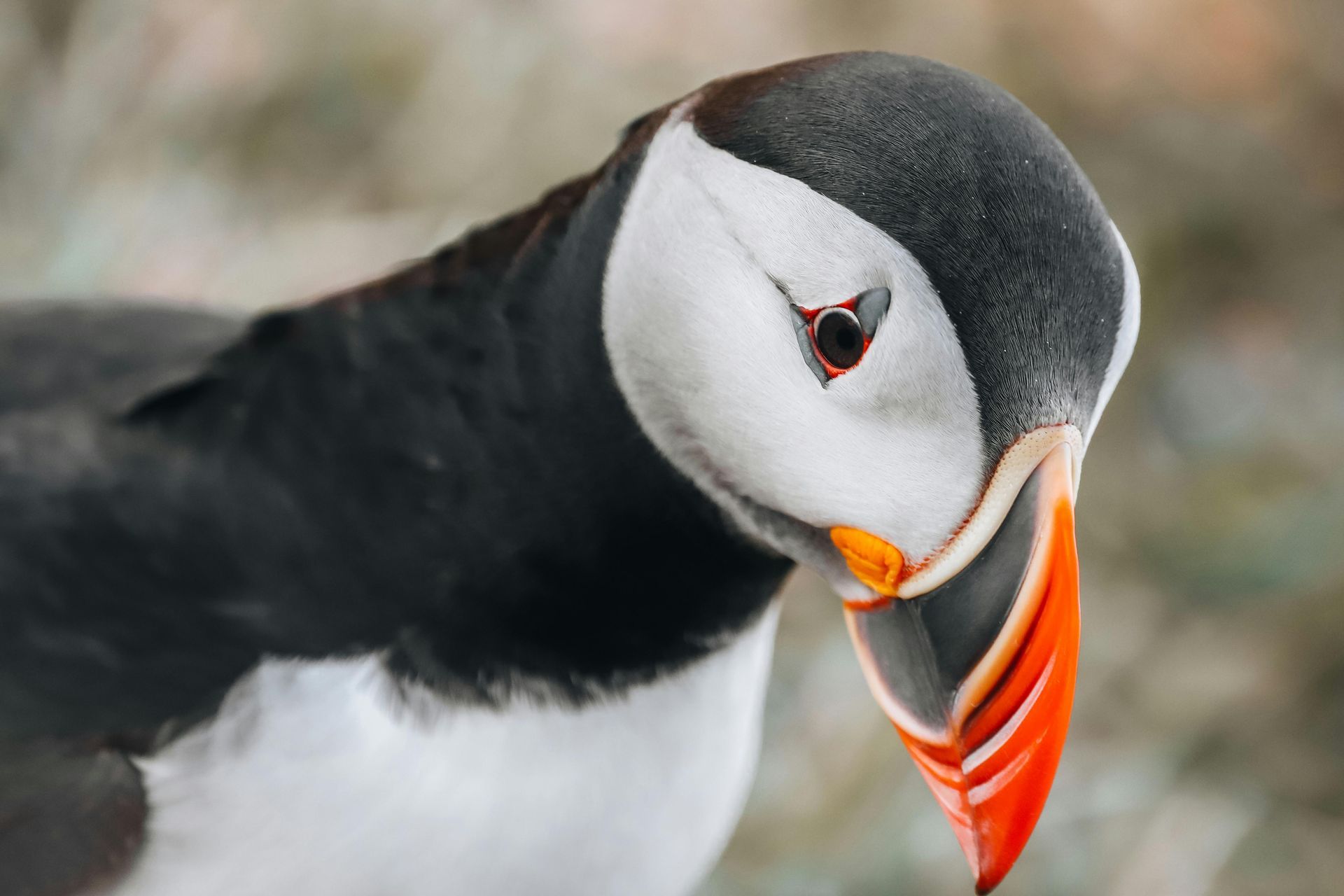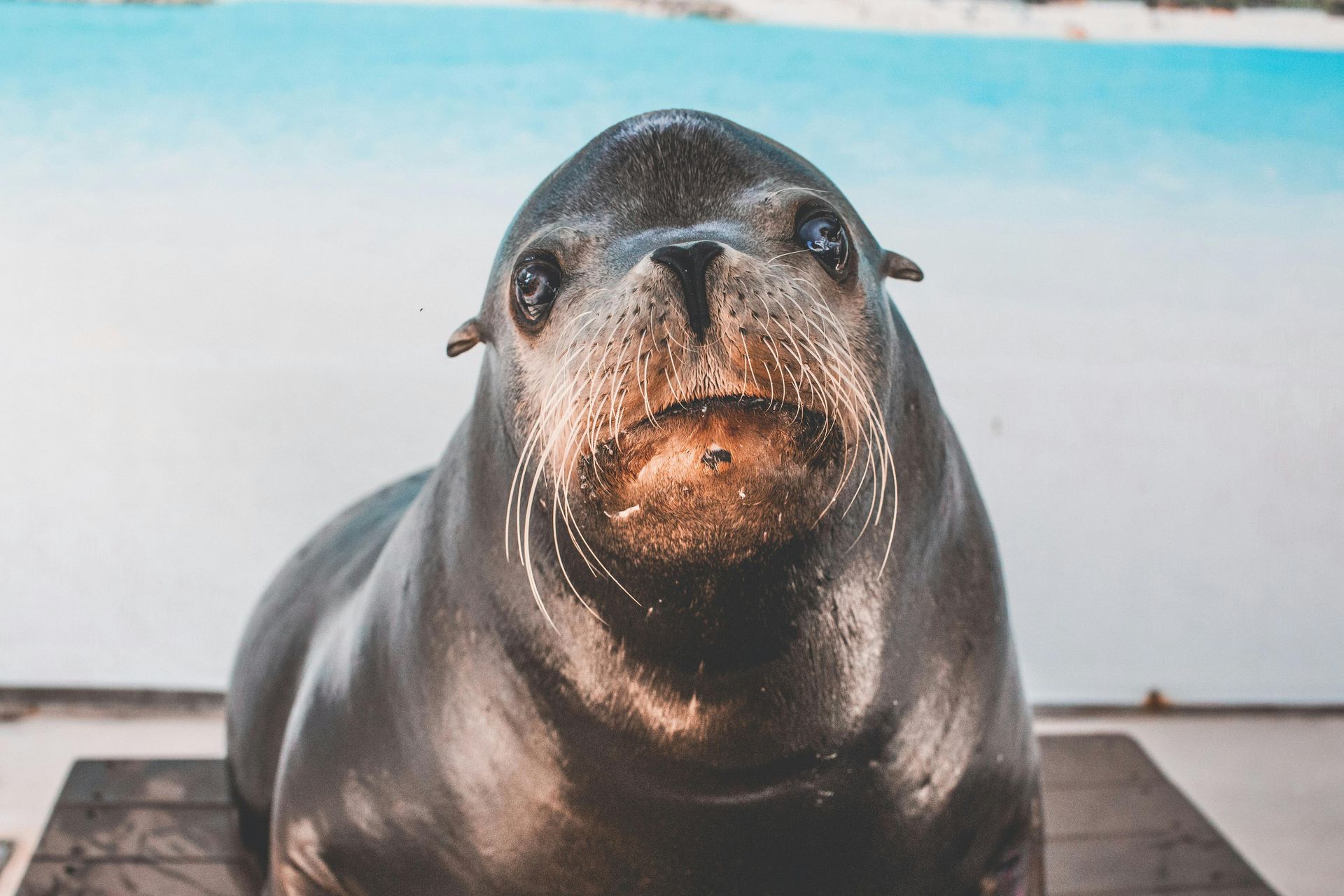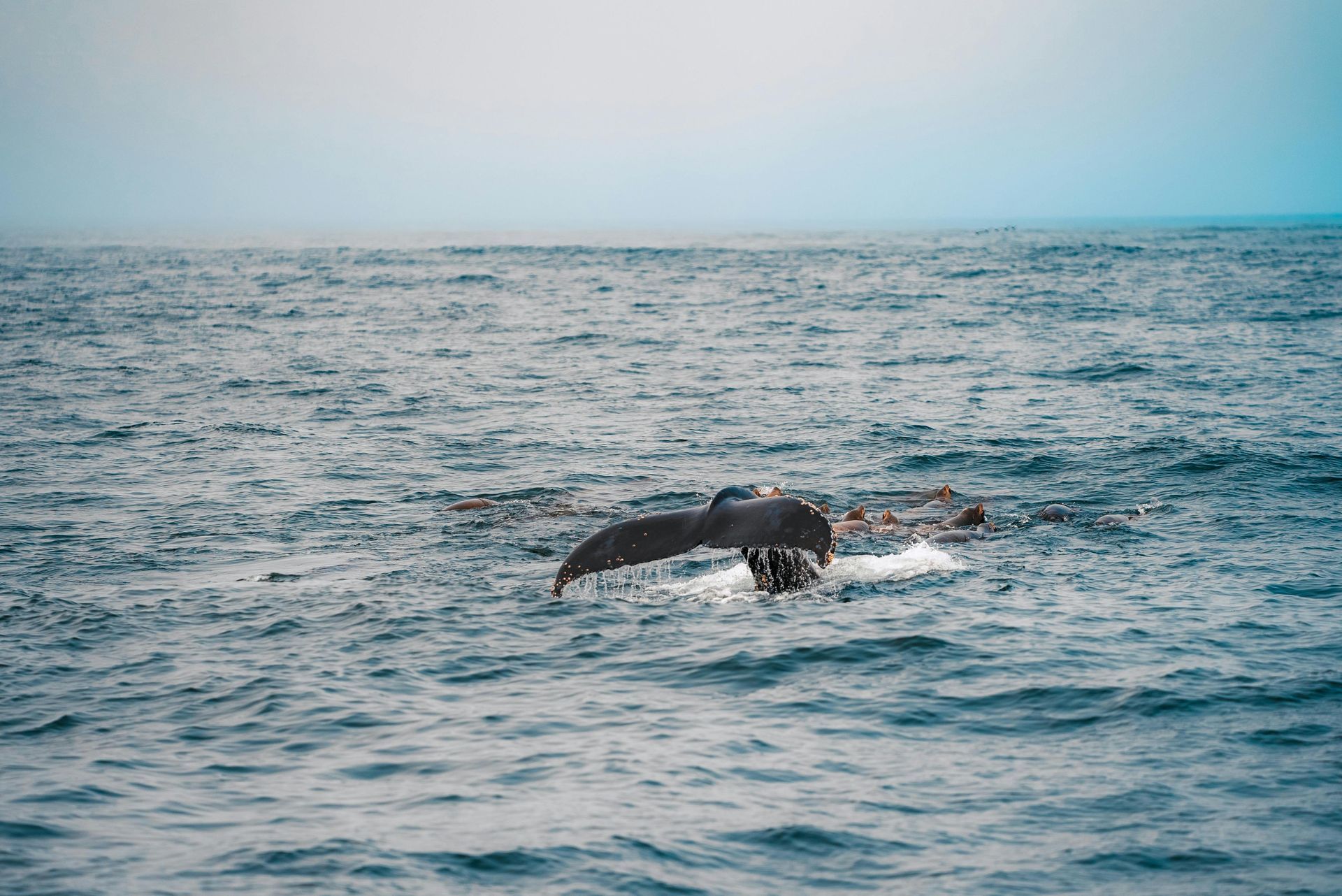Svalbard’s Little Auk: The Tiny Arctic Voyager
Svalbard’s Little Auk: The Tiny Arctic Voyager

Perched in the jagged cliffs of Svalbard’s mountainsides, amid the echoes of wind and the distant crash of ice, lives a bird so small it could be overlooked—if not for its numbers and relentless energy. The Little Auk, known locally as "alkekonge" or "the king of the auks," is one of the most numerous seabirds in the North Atlantic, and in Svalbard, it’s an unmistakable part of summer’s rhythm. Though only the size of a starling, this tiny voyager travels thousands of kilometers annually and survives conditions that would challenge even the hardiest Arctic mammals.
Little Auks arrive in Svalbard in spring, when the cliffs and fjords begin to shake off the deep stillness of the Polar Night. What they lack in size, they make up for in spirit. Nesting in dense colonies that can number in the hundreds of thousands, they swarm the air like buzzing insects, wheeling and diving with an urgency that seems to fill the entire landscape. These colonies are often located on talus slopes—rocky hillsides beneath cliffs—where crevices between the stones offer ideal nesting spots safe from predators like Arctic foxes.
During nesting season, their noisy calls are constant—short, chattering whistles and clicks that echo across the fjords. They are social birds, forming life-long monogamous pairs and cooperating closely during the breeding season. A single egg is laid per year, and both parents take turns incubating it and bringing food once it hatches. That food, primarily zooplankton such as copepods, is collected during long foraging trips into the frigid seas. The Little Auk is a phenomenal diver, capable of reaching depths of up to 30 meters in pursuit of its prey, using its wings to “fly” underwater in the dark and icy currents.
Despite their fragile appearance, Little Auks are remarkably adapted to the cold. Their dense plumage traps warm air close to the body, and their compact shape helps conserve heat. But their most astonishing adaptation is behavioral: they travel great distances to stay in the right temperature zones. After the breeding season ends, they migrate south to winter in the North Atlantic between Greenland and the British Isles, sometimes as far as the coasts of Norway. Considering their size, this is a feat of endurance that few birds can rival.
Watching them in flight is an experience in itself. They flap rapidly with what seems like frantic determination, yet their coordinated movements as a colony can be mesmerizing. One moment they’re perched on rocks like miniature penguins, and the next, the sky darkens with thousands of wings beating in synchronized motion. There’s something almost joyful about their aerial dances, a reminder that life here doesn’t just endure—it thrives.
For wildlife watchers and photographers visiting Svalbard, the Little Auk offers a chance to witness one of the great seabird spectacles of the Arctic. The best time to see them is from June through early August, when colonies are at their most active. Popular spots include the cliffs of Alkefjellet in Hinlopen Strait—a dramatic wall of basalt rising out of the sea, teeming with auks that nest shoulder to shoulder. A visit to Alkefjellet during peak season is an overwhelming sensory experience: the sound, the movement, and the sheer volume of life leave an impression that lingers long after you leave.
But like so many Arctic species, the future of the Little Auk is uncertain. As ocean temperatures rise and sea ice retreats, their zooplankton prey is shifting northward. Scientists are monitoring how these changes might affect breeding success and population numbers. The presence of stable, cold-water feeding grounds near nesting sites is essential for chick survival, and disruptions to this delicate balance could ripple through the entire ecosystem.
Still, the Little Auk continues to symbolize resilience and agility. Its ability to navigate vast, frozen landscapes and raise new life on the edge of the world makes it an emblem of the Arctic’s tenacious spirit. While polar bears and walruses often steal the spotlight, this unassuming seabird holds its own as one of Svalbard’s most vital and captivating inhabitants.
Next time you find yourself near one of Svalbard’s towering sea cliffs, take a moment to appreciate the flurry of wings overhead. Listen to the high-pitched chatter. Watch the waves for tiny, black-and-white shapes bouncing along the surface. In the dance of the Little Auk, you’ll witness the heartbeat of the Arctic summer—small, swift, and brilliantly alive.



